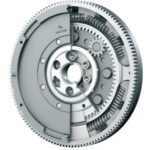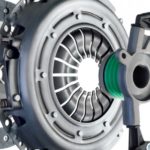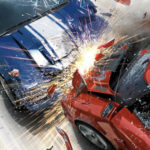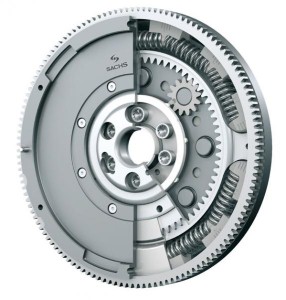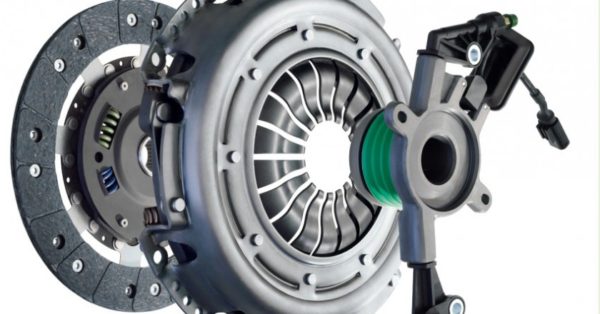A good driver - a long-lasting clutch, a couple of important tips
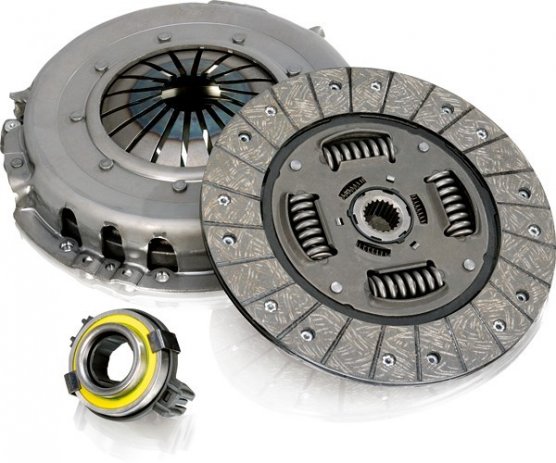
Clutch
If the blade withstands less than 80.000 km, analyze your own driving. Do you start suddenly and often with a squeak tire? Do you play with the clutch while waiting at the traffic light?
Moderate driving without abrupt departures and sporting jogging will significantly extend the clutch life. To a good driver, a clutch can last as long as a car, and unreasonable driving can destroy it in just one ride. If a clutch can withstand eighty or one hundred thousand miles, it's a good driver. The reverse case is also worth it, since clutch duration is a great indicator of driver quality.
If the clutch in your car lasts less than 80.000 km, it would be good to analyze your own driving. Do you often go with a squeak of tires? Do you play with the hook while waiting in front of the traffic light? Is it normal for you to reverse from the 'reverse' without braking and go. If the style of your driving is stated, you have found the cause of the low durability of your car’s clutch.
A prematurely worn clutch indicates that both the engine and the entire transmission were exposed to increased load and wear. It is important to emphasize that in just one unreasonable drive, the car can be "spent" more than in a year of normal driving. The clutch allows the transmission of power from the engine to the drive wheels to be established and interrupted. Such an interruption (and re-establishment) is required when moving from a place and when changing gears.
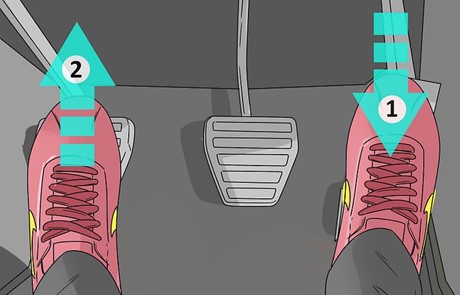
By pushing the clutch pedal, the driver separates the flywheel, the blade and the thrust plate. The flywheel is rigidly connected to the crankshaft and the blades are attached to the clutch shaft and rotated with it. The longitudinal grooves at the shaft end allow the clutch plate to move toward the flywheel when pressed by the thrust plate. Pressing the clutch pedal reduces the pressure of the thrust plate on the clutch plate and separates the crankshaft and clutch shaft.
At the moment of contact, the lamella (literally) scrapes against the metal and the torque is transferred from the engine to the gearbox. During (scraping) the transmission takes place kinematically, and when the clutch is fully engaged with a static coefficient of friction. Each cycle of separation and separation of the coupling leads to a certain wear of the lamella. In order for this process to be as slow and 'painless' as possible, the coupling must be handled carefully.
IMPORTANT TIPS
1. The clutch should be properly adjusted and start to engage as soon as the pedal drops one inch
2. Push the clutch pedal fully down each time you change gears
3. Do not keep your foot on the clutch pedal while driving, as it increases slip and wear of the blade
4. Do not start with high throttle, as you are unnecessarily increasing blade wear
5. Release the clutch pedal with feel. Both the speed and the slow release of the pedal increase the blade wear
The 6th clutch is not a brake! After reversing, first brake and then move forward
7. if you stop at a very high hill, go back to a straight section and then head
8. Avoid sports driving and crunching tire, because in just a few runs you can destroy the slats
Author: Zeljko Marusic
Retrieved from: autoportal.hr
Recommendation of similar texts:

Hi there, I am Mladen and I am an auto enthusiast. I started this blog years ago to help like minded people share information about latest cars, car servicing ideas, used car info, exotic cars, and auto technology. You will find helpful articles and videos on a wide variety of cars - Audi, Mercedes, Toyota, Porsche, Volvo, BMW and much more. Ping us if you have anything cool to share on latest cars or on how to make older cars more efficient, or just want to say hi!

